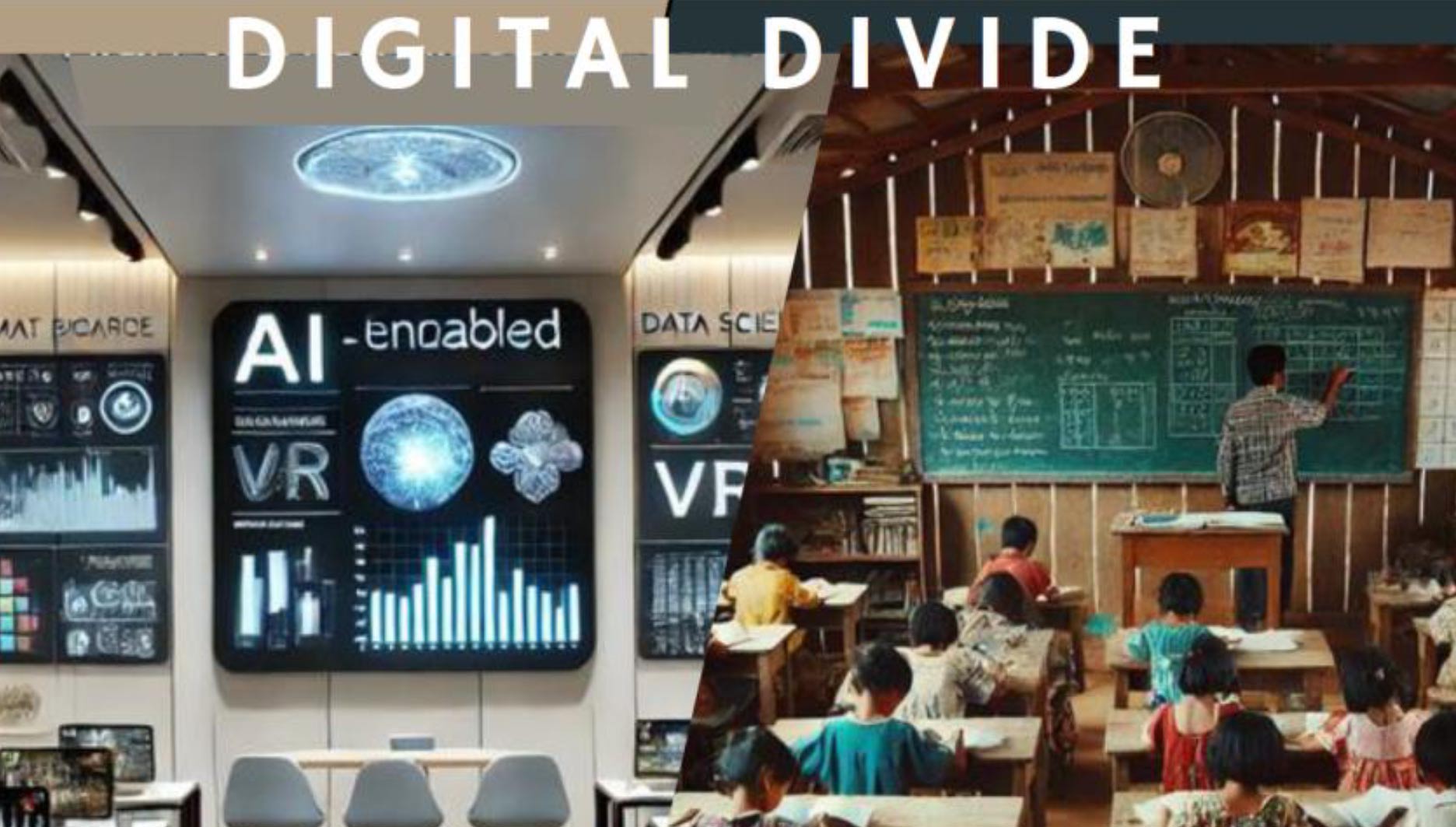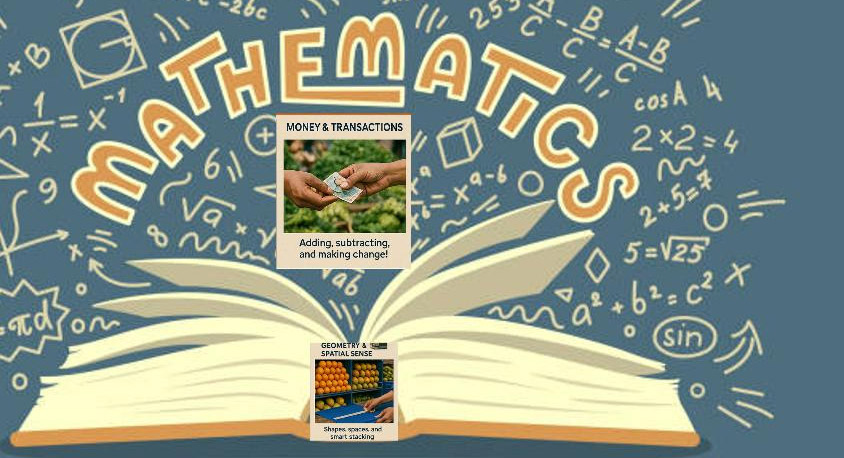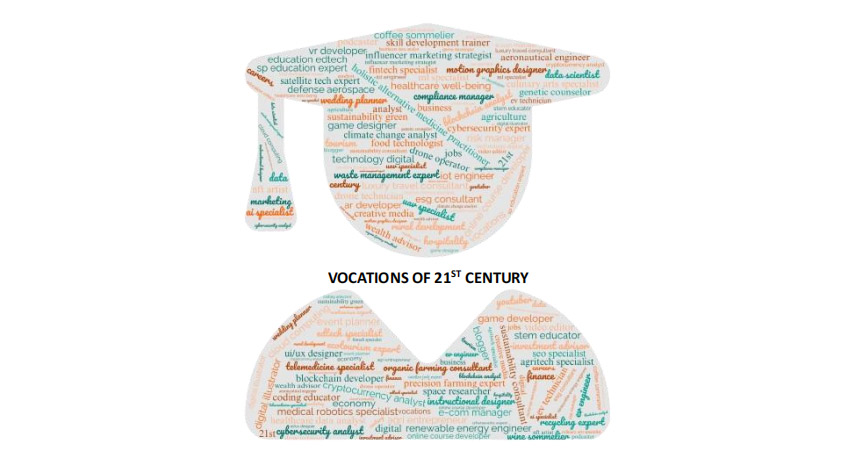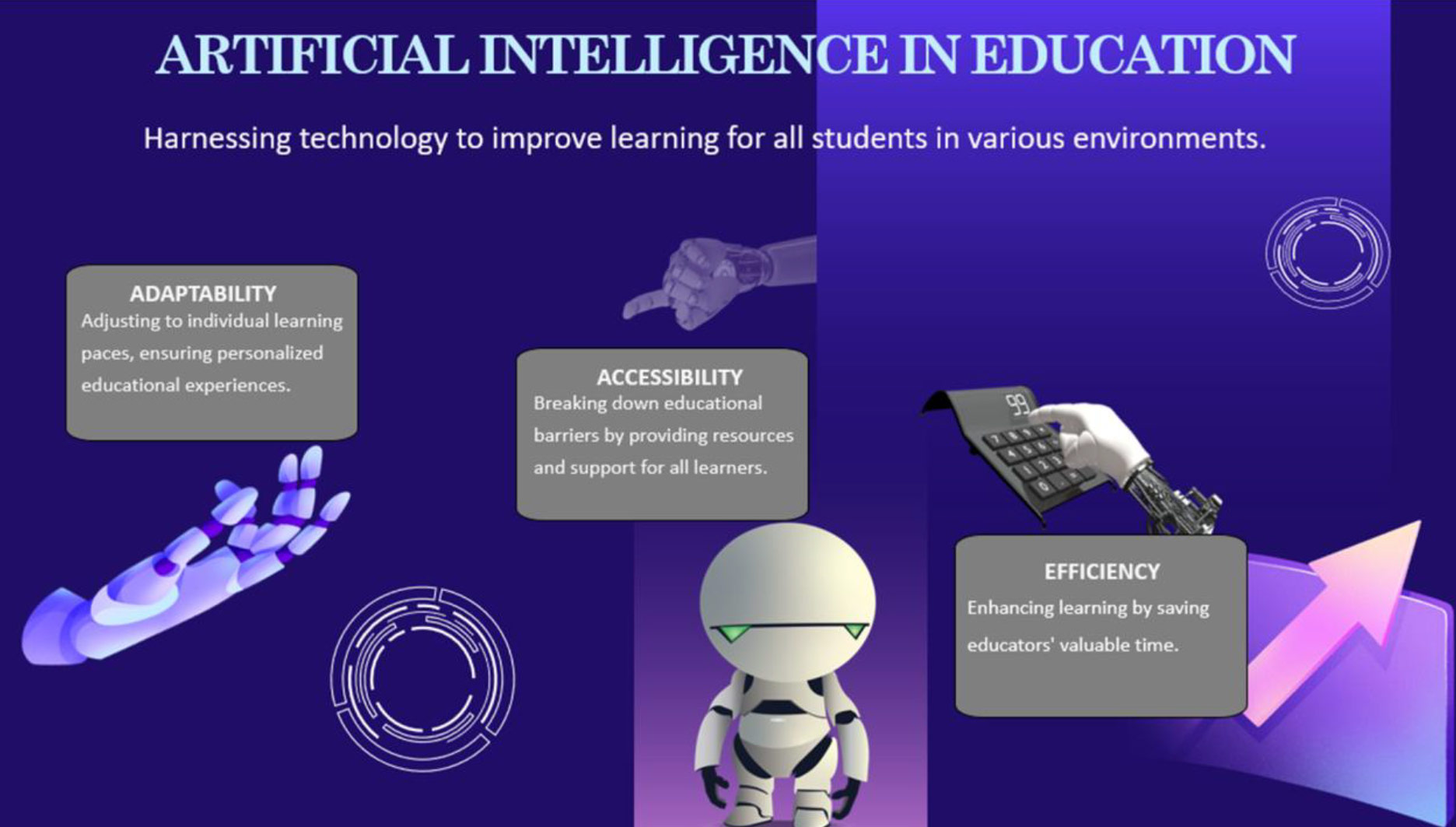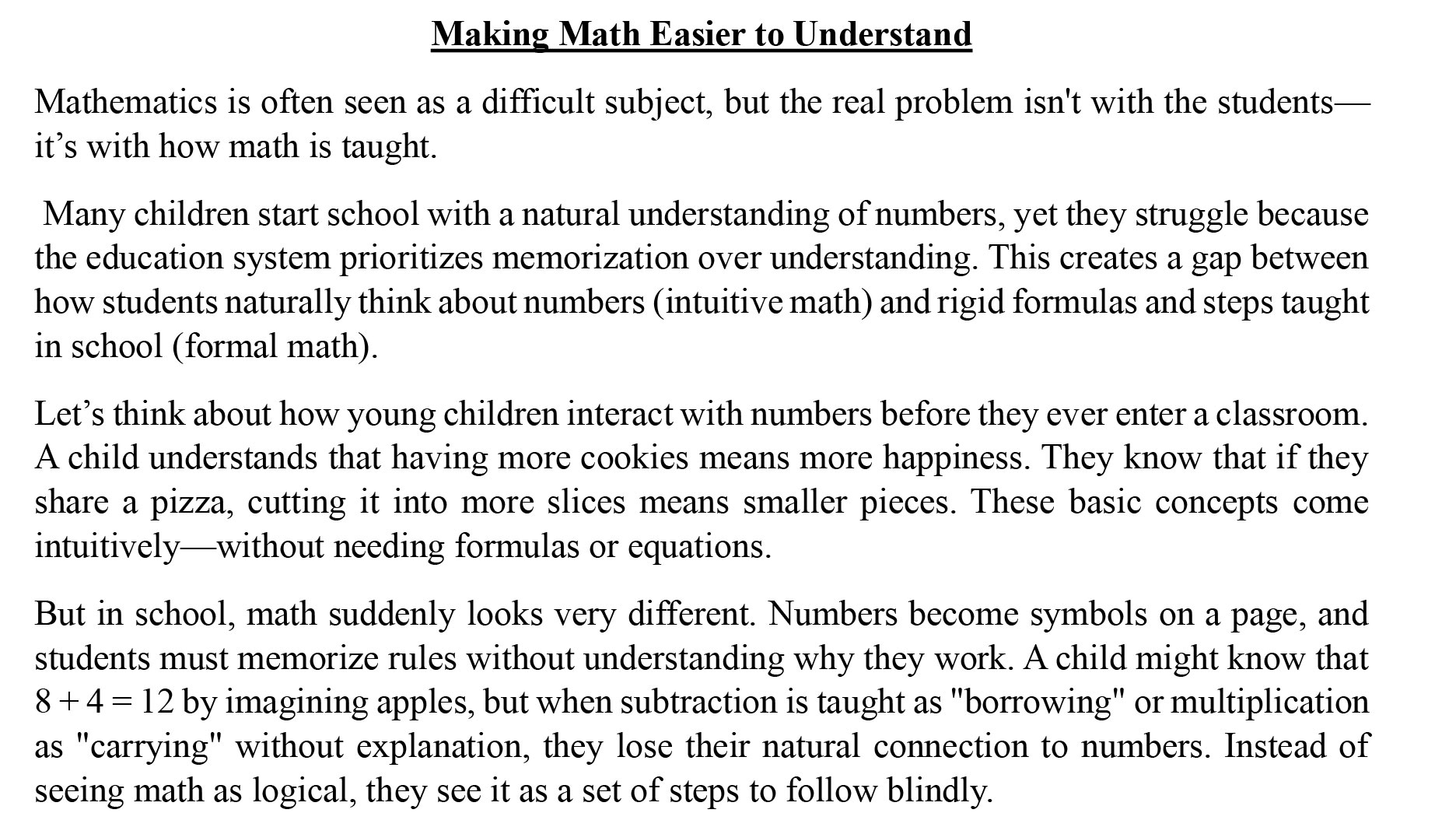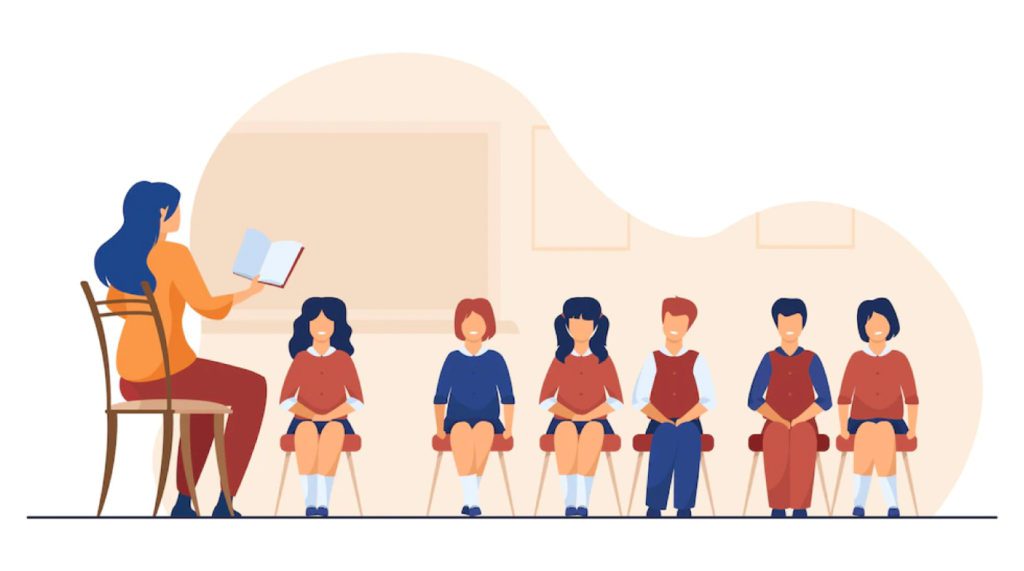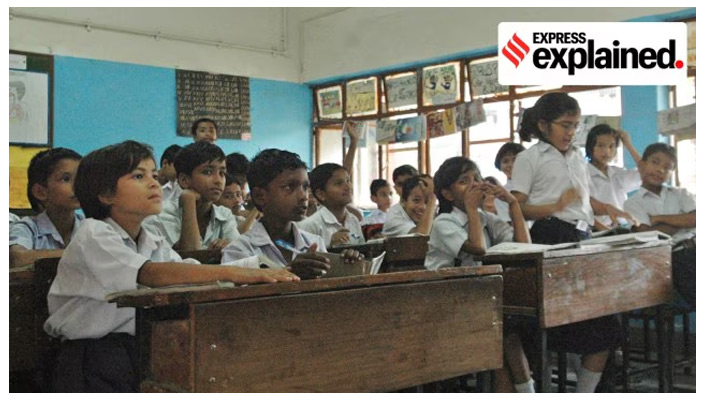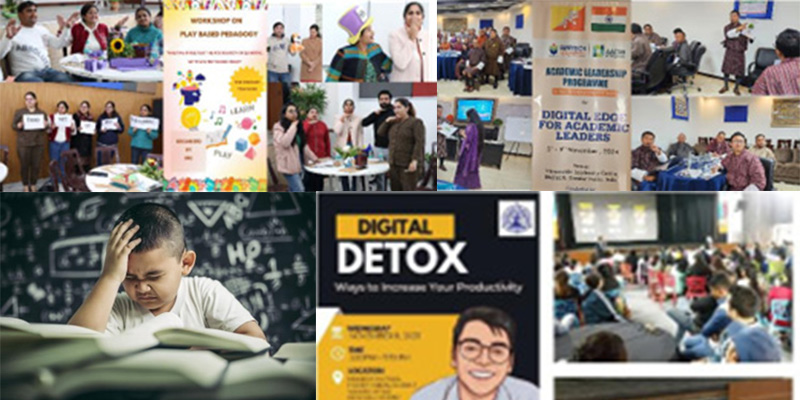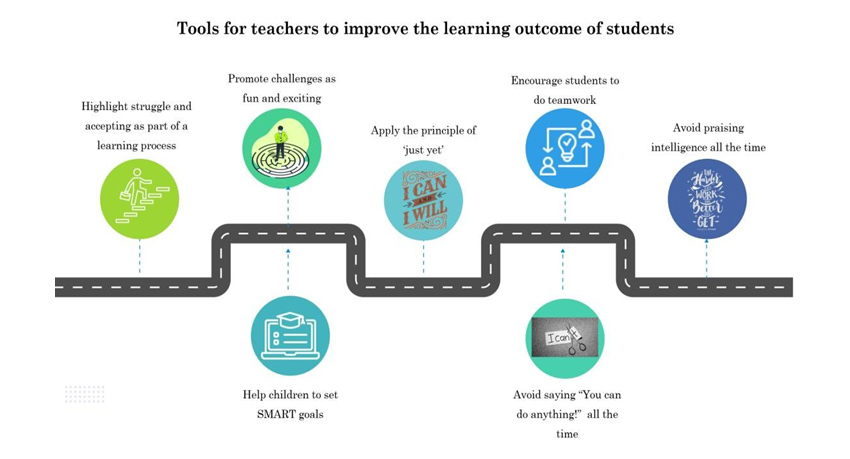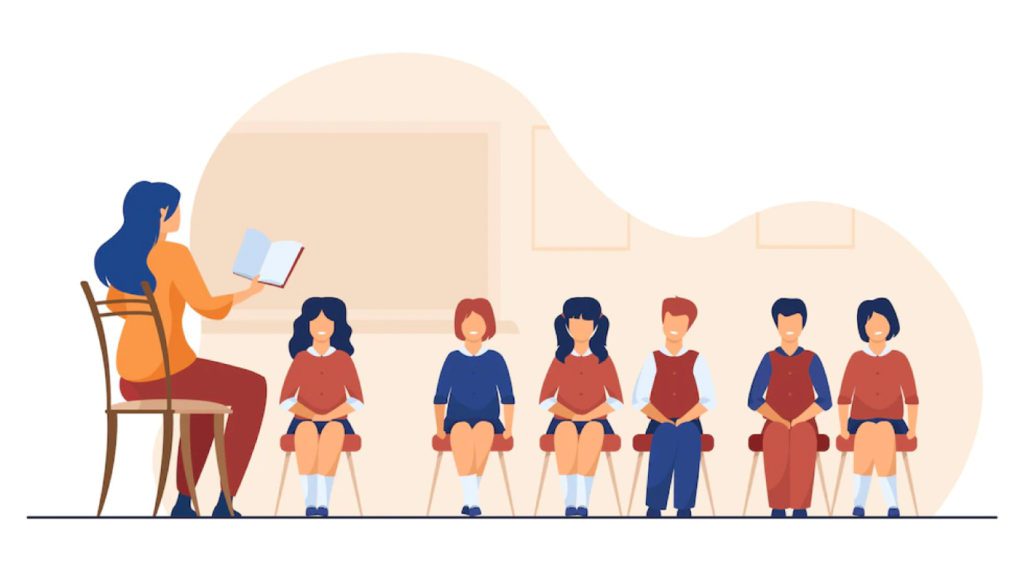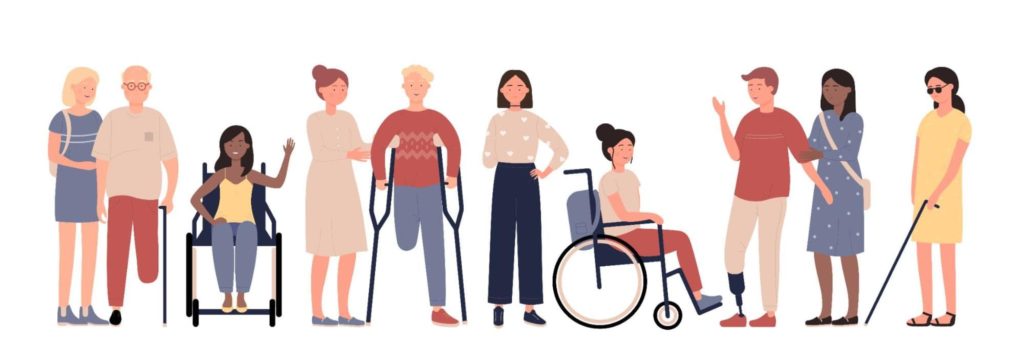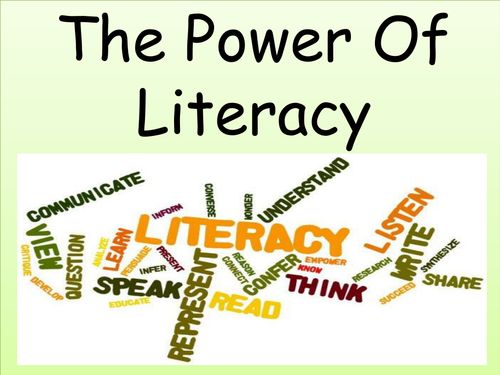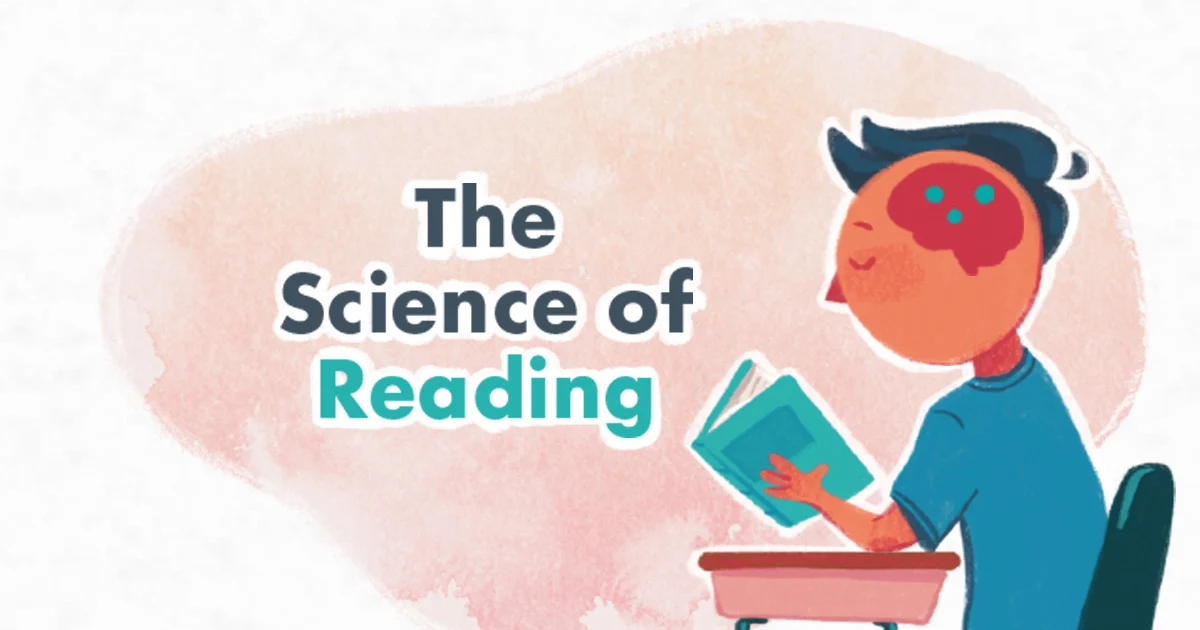National Education Policy 2020: Transforming Education through Digital Initiative: Education for all or promotion of elitist education?
The National Education Policy (NEP) 2020 advocates for using technology to transform the Indian Education System. It has provided centre stage to EdTech and considers it a crucial tool for expanding access, enhancing pedagogy, and improving learning outcomes. It advocates for using technology across all dimensions of education. Tracking students' achievement, assessment, and teacher training are at the centre stage of technological initiatives. DIKSHA, SWAYAM, PMeVidya, Vidya Samiksha Kendra, etc. reflect the NEP’s goal of harnessing the power of EdTech tools in educational transformation. Using tech initiatives to collect, analyze, and disseminate data to enable all stakeholders to make informed decisions is at the crux of this tech revolution in the education system. Nonetheless, NEP 2020 has proposed to establish a National Education Technology Forum to promote research and innovation in EdTech and encourage blended learning to supplement traditional classroom teaching practices. These and many more such initiatives promise innovation, accessibility, and equity, however, a closer look at these initiatives reveals deeper concerns about the digital divide, privatization of education, and the pedagogical dissonance they entail.

Understanding Digital Divide
The rampant use of EdTech initiatives has brought to the fore some issues concerning equity and equality, the cornerstone of the Indian constitution. The question is who benefits from these initiatives? Who is getting left behind? In the backdrop of rising urban-rural, rich-poor, and gender inequality is it worth investing? It appears that all these initiatives are proving beneficial to certain sections of society who have access to all the infrastructure due to having better resources at their disposal. Therefore, one of the biggest challenges in implementing tech-driven initiatives is the digital divide. The stark disparity in access to technolgy, internet connectivity, and digital literacy. The data released by the Comprehensive Annual Modular Survey (CAMS) 2022-23 revealed a significant digital divide. The data shows with only 59.8% of the population able to use the Internet. It highlighted the high penetration of mobile phones with 4 G, however it also revealed that less than half of the population can send or receive emails, with stark disparities between rural and urban areas.
Not all students have the devices or stable internet connection necessary for online learning, particularly in rural and low-income households. Even those who have access to such devices, or internet connections, they struggle to reap the benefit of EdTech due to their limited knowledge in using the devices.
How the Pandemic highlighted the Digital Divide in Education
This digital divide was most evident during pandemic when both student and teachers struggled to access and use digital platforms effectively. Due to financial constraints, students were not able to access the internet and were devoid of electronic gadgets and laptops, phones or computers, or even radio and TV. Those students who had facilities to attend online classes faced barriers in terms of unavailability of physical space, which is equally applicable to teachers who were supposed to conduct online classes from their homes. The social barriers, gender inequity all became apparent during pandemic when to attend online classes the available devise was provided to male child and female children were expected to complete the household chores.
Bridging the Digital Divide: The unfulfilled promise of EdTech
It is evident that we have not learned our lessons from the pandemic with reference to tech initiatives, and the question of equity and equality- the cornerstone of the Constitution of India, is still missing from all the narratives of tech initiatives. Envisioned in the Constitution of India is the aim of providing equality of education opportunities to all citizens irrespective of caste, class, gender, and religion. Article 29 (1) provides for equal access to educational institutions maintained by the State without discrimination based on religion, race, caste, language, or any of them. Similarly, the Right to Education Act 2009, mandates to provide of equitable quality education to all children from six to 14 years of age. However, all the efforts of the government to facilitate education processes draws attention to the fact that people from disadvantaged communities- be it, teachers, students, or parents have been left to fend for themselves while Government is making provisions for Tech initiatives.
Alarming is the fact that the government is oblivious to the stark realities of social inequalities which are proving to be the greatest barrier to access EdTech platforms. However, this is not the only challenge we face. The increasing dependence on Digital Initiatives has also given impetus to commercialisation of education.
The rise of Marketisation of Education
Many government digital initiatives partner with private EdTech firms, raising concerns about the commercialization of education. While these companies offer advanced learning solutions their profit-driven motives may not always align with the goal of equitable education.
Furthermore, the outsourcing of education to digital platforms raises questions about curriculum control and data privacy. If private corporations dominate the digital learning, space who decides what knowledge is disseminated. In such a scenario, education becomes a commodity, where learning is shaped by corporate interests rather than students' needs.
Pedagogical Shifts: From teachers to Algorithms
NEP 2020 positions technology as a support system for teachers. However, in practice, digital initiatives become burdensome for teachers. Catering to a large number of students, and using digital initiatives while struggling with internet connectivity puts pressure on teachers and increases their workload. From a critical perspective, this trend is concerning. Learning is not just about delivering content efficiently, it is a dialogic process that involves questioning, discussions, and the co-construction of knowledge. Instead in a data and digital-driven learning process, it becomes standardized, impersonal, and detached from real experiences. NEP 2020 focus on Socio-Emotional & Ethical Learning therefore gets undermined by such a system of education.
Basics first: Establishing infrastructure to harness the power of EdTech
To make EdTech truly serve the cause of NEP 2020, the digital divide needs to be bridged. Teachers need to be trained in the effective use of digital initiatives.
Nevertheless, the NEP 2020 push for EdTech holds a huge prospective, its execution must be examined through a critical lens. Technology should be a means to improve education, not an end in itself. If we wish to truly transform our education system through technology-driven initiatives, we must establish a sound infrastructure in schools and communities. It entails making provisions for high-speed internet in every school, availability of smart boards and digital tools, continuous supply of electricity, and above all the making provision for basic amenities like drinking water, and toilets in schools. Without these basic facilities digital initiatives will be ineffective, and impractical for the schools.




